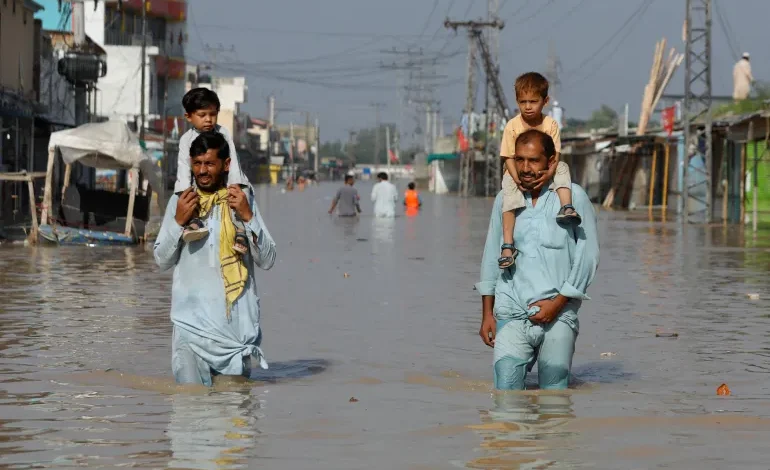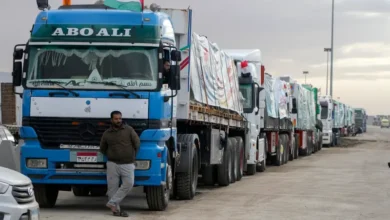What makes South Asia so vulnerable to climate change?

Heavy monsoon rains in Pakistan over the past week killed at least 50 people across the country, nearly a year after massive flooding killed more than 1,700 people and affected 33 million others.
In neighbouring India, about a dozen districts in the northeastern state of Assam were hit by deadly flash floods in June, forcing thousands to flee their homes and seek refuge at makeshift relief camps.The ravaging floods – which killed at least 11 people – meant many faced the daunting task of rebuilding their lives as they returned to destroyed homes and drowned livestock.
Climate-change-induced downpours, drought, and soaring temperatures have become increasingly common across the eight countries of South Asia, making it one of the world’s most vulnerable regions to the impacts of global warming.
Saleemul Haq, director at the International Centre for Climate Change and Development, said the region is particularly at risk because of a combination of geography, population and poverty.
Some 750 million people in South Asia have been affected by at least one natural disaster, according to data compiled by the Washington-based World Bank.
The lack of land to grow food, water shortages, and displacement of populations are some of the challenges the region is facing as climate experts predict irreversible consequences to the livelihoods of hundreds of millions.“However, with the onset of climate change, the delicate balance which was important for crops to grow has been disturbed,” Saeed said.
Results from a study published in 2021 on wheat production up to 2050, using crop simulation models, found the most negative effects will be seen in South Asian nations with a yield decline of 16 percent.
Environmentalist Anjal Prakash said climate change will have “significant implications” for food security in South Asia.A University of Leeds study published in 2021 found the ice from glaciers in the Himalayas is melting “at least 10 times higher than the average rate over past centuries”, a result of human-induced climate change.
Researchers said the Himalayas, which cover countries such as Pakistan, Nepal and India, had lost 40 percent of their ice over several hundred years.
Water scarcity and low crop yields will result in adding to the continuing hunger crisis in the region, climate experts said.
In 2021, the UN’s Food and Agriculture Organization (FOA) said some 21 percent of people in South Asia faced severe food insecurity, a 2 percent rise from 2020. In the same year, the region had the highest number of undernourished people in the world – 330 million – the FOA said.










